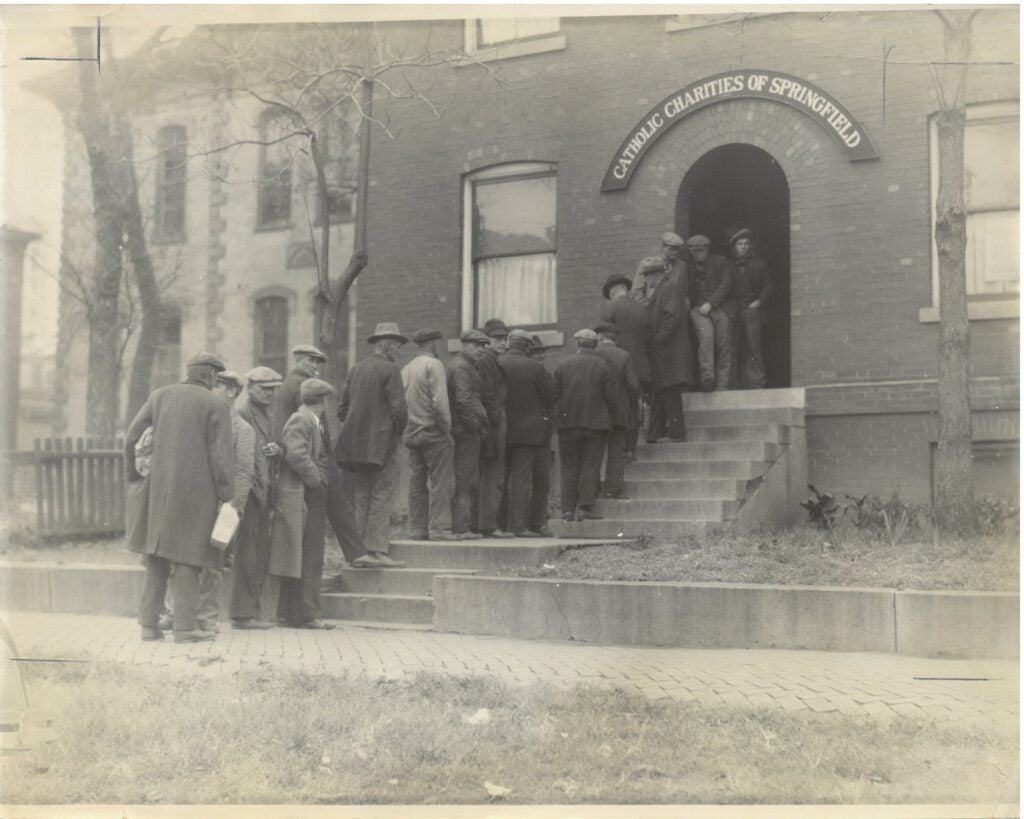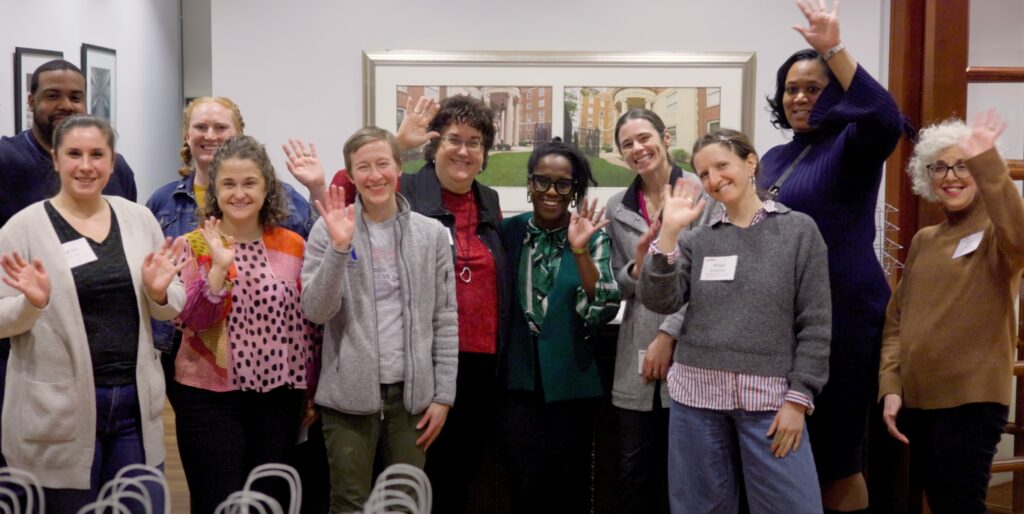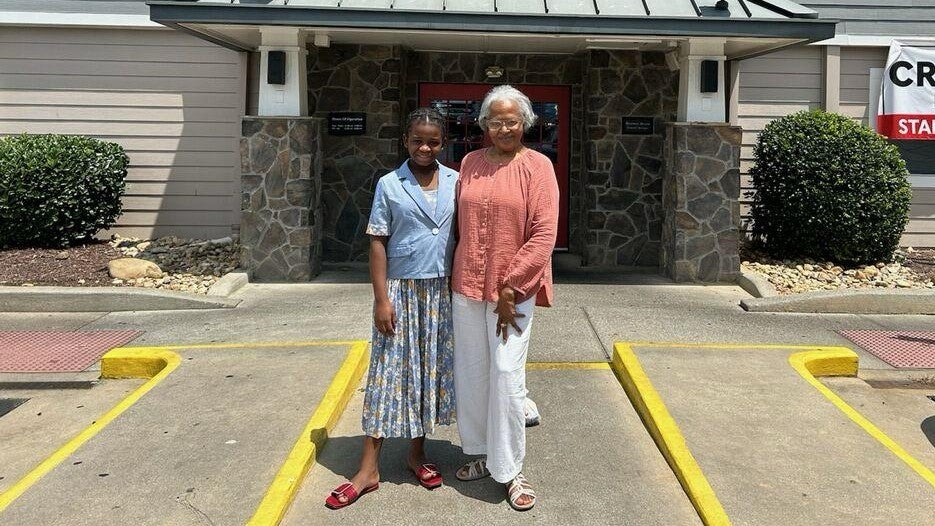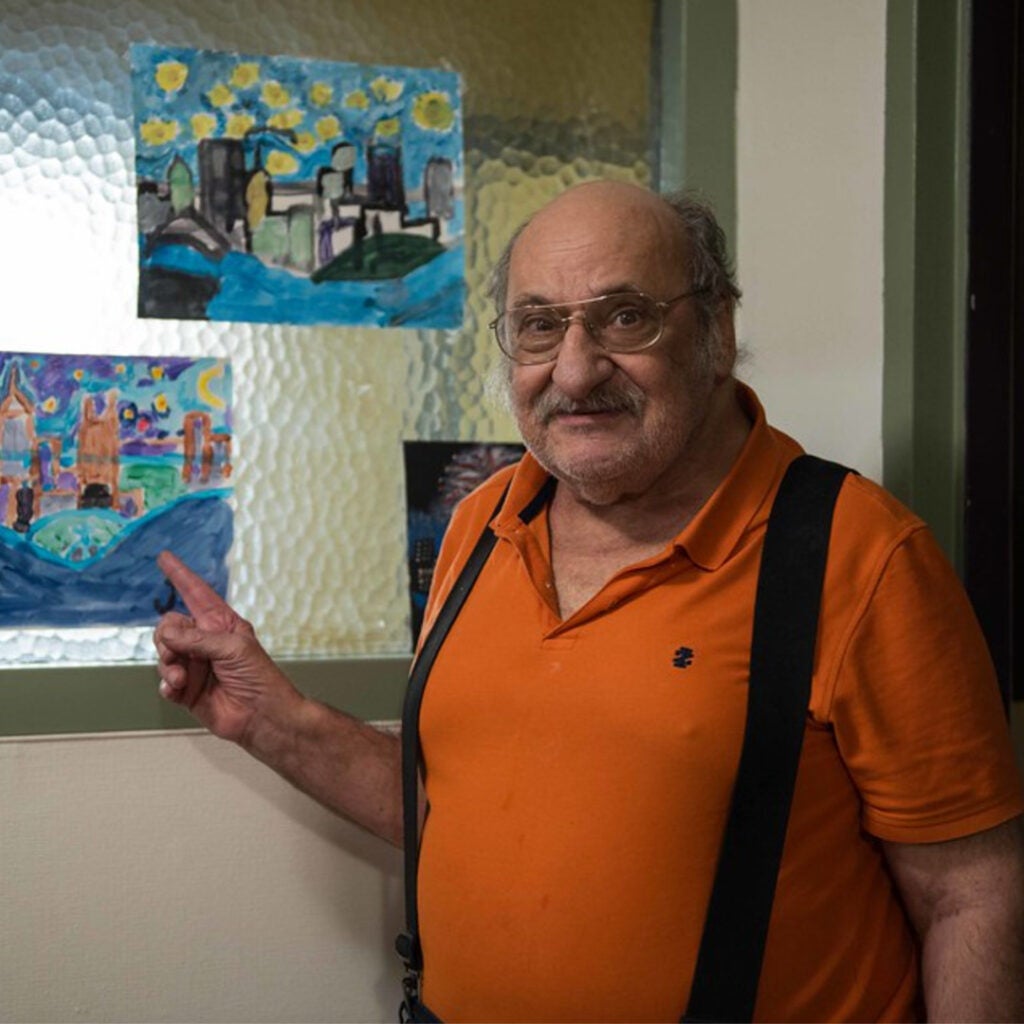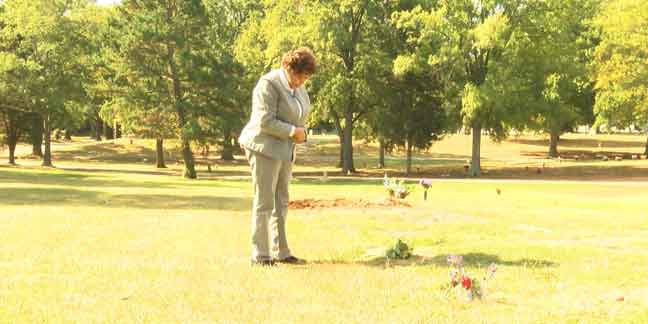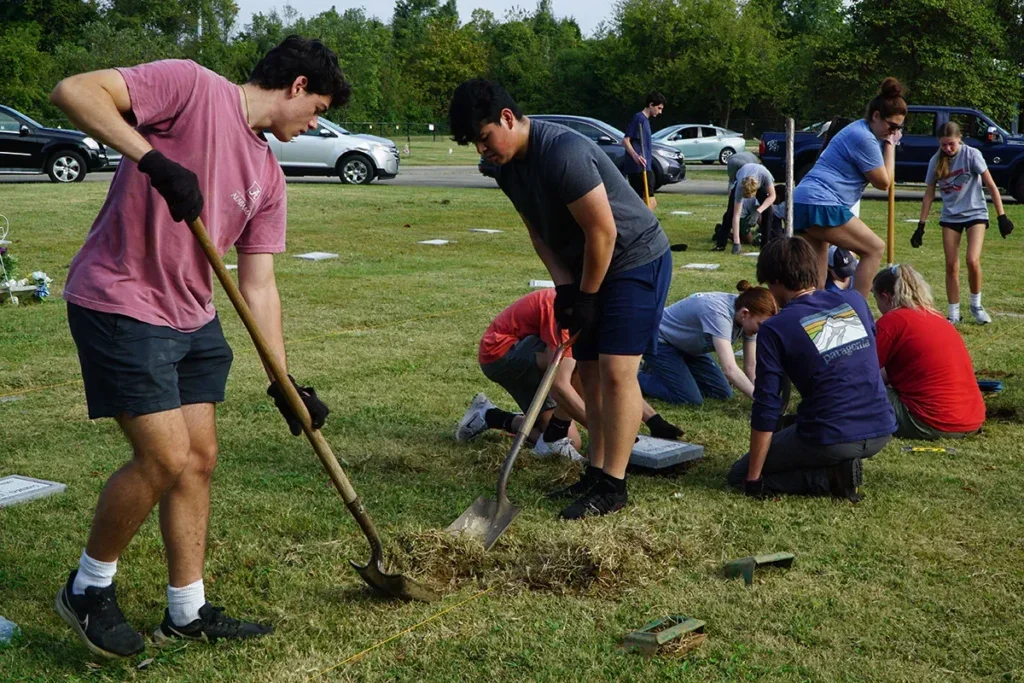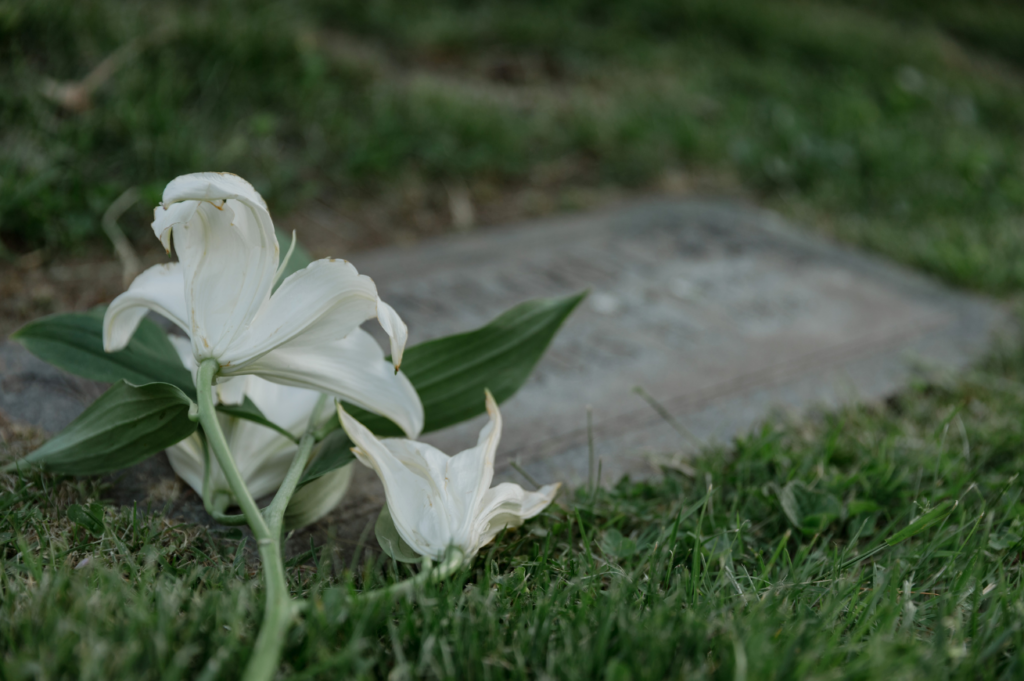
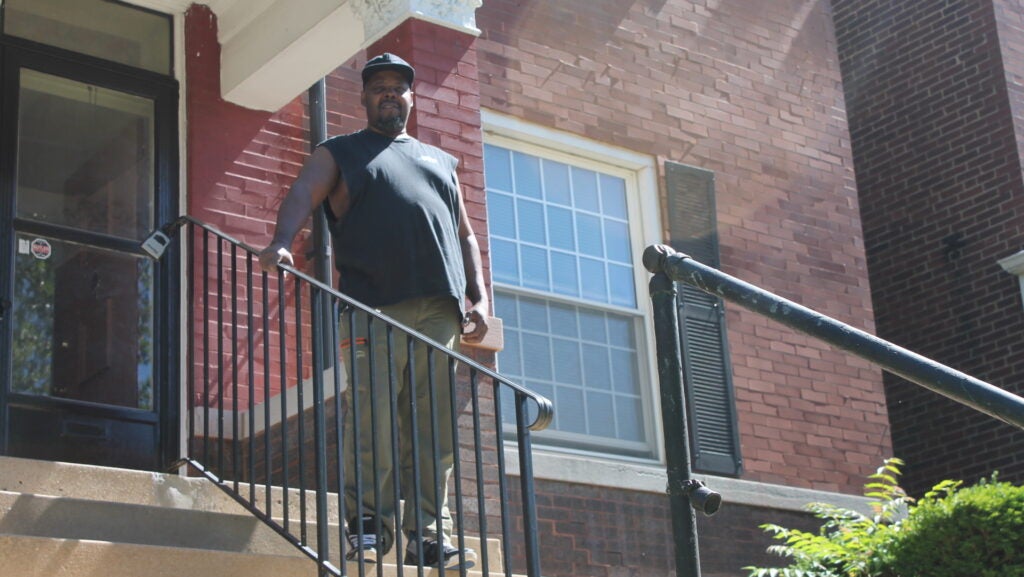
“St. Patrick Center and the Hospital to Housing program saved my life. They were my guardian angels.” A Hospital to Housing client
The cost of homelessness is high and its impact is far-reaching. Studies have shown that one person who is chronically homeless, moving from hospitals and emergency rooms to jails and courts, can accumulate one million dollars in expenses annually. Counter that with statistics that show it costs about $12,500 per year to permanently house a formerly chronically homeless person and provide needed support services and case management. These statistics prompted St. Patrick Center in St. Louis, Missouri, to act.
Origin
In August 2018, St. Patrick Center approached Barnes Jewish Hospital, BJC Healthcare, Foundation for Barnes Jewish Hospital and Behavioral Health Network of Greater St. Louis with an opportunity to create the Hospital to Housing pilot program. St. Patrick Center had previously partnered with BJC Behavioral Health on two permanent supportive housing programs, as well as programs with Behavioral Health Network. The group studied several models, including a pilot program at the University of Illinois-Chicago.
Goals
St. Patrick Center and its partners know that housing with support services lead people to better health outcomes—physical and behavioral—and cost hospital systems less than if the population remained living on the streets or in shelters.
Hospital to Housing has two primary purposes: (1) partner homeless service providers with hospitals to identify frequent emergency department users who are homeless; and (2) provide these patients with housing and support services through St. Patrick Center programming.
In addition, Hospital to Housing seeks to accomplish these goals:
- Provide permanent, sustained housing solutions for clients/patients who are homeless
- Connect them with needed services to maintain their housing
- Provide them with support for their medical and behavioral health needs outside of the emergency department when possible
- Improve their overall health outcomes
- Use community resources for improved care more effectively
Pilot Year
The first client enrolled in Hospital to Housing in May 2019 and the pilot program reached its capacity of 20 clients five months later. St. Patrick Center enrolled a total of 22 clients and is currently providing case management to 13 clients. Of the support services provided, the most documented are case management, home visits and face-to-face conversations.
Impact
St. Patrick Center and partners are very proud of the results of the Hospital to Housing pilot program and have released an Impact Report. During the pilot year, they learned that the longer clients stay in housing, the fewer—if any—times they return to the hospital.
For hospital admissions, Barnes Jewish Hospital reported about seven admissions per month before clients in the program were placed into housing and provided critical case management and support services. After housing placements, Barnes Jewish Hospital admissions declined by 50% to about four per month. For all BJC Healthcare hospitals, admissions decreased by 54%. (Reporting period Jan. 2019-April 2020)
For emergency department admissions, Barnes Jewish Hospital reported clients in the program visited the ED about 38 times before housing. Visits declined by 62% to about 15 times after housing. For all BJC Healthcare hospitals, ED admissions decreased by 66%. (Reporting period May 2019-Oct. 2019)
For inpatient admissions, Barnes Jewish Hospital reported clients in the program spent about 14 days in the hospital before housing. Hospital stays declined by 61% to about five days after housing. For all BJC Healthcare hospitals, inpatient admissions decreased by 63%. (Reporting period May 2019-Oct. 2019)
The economic impact is exciting, too. After one year, BJC Healthcare estimated the cost of care for the enrolled clients was reduced to $230,000, representing an estimated annual savings of nearly $400,000 or 71%.
True Success
Of course the true measure of success for the Hospital to Housing program are the clients, like Vondell.

Vondell’s biggest struggles occurred when his mother passed away. “I hit rock bottom and lost it all – marriage, daughter, job, home.” Homeless, he went to St. Patrick Center for food and clothing, and participated in programs. Vondell also dealt with mental illness and lack of medication. “Some days I didn’t want to live. I tried to kill myself multiple times.” He would seek safety at the hospital and spend time in the psychiatric ward until he felt better after being re-medicated. Vondell joined the Hospital to Housing program and was soon placed into housing. Today, he is enjoying his home life and continues to meet with case managers. His daughter, now 16, recently visited him.
Year Two and Beyond
St. Patrick Center is seeking additional partners in the St. Louis region—funders, affordable housing landlords, healthcare organizations and hospital systems. The program is expanding to St. Louis University Hospital (SSM Health), where St. Patrick Center will provide a homeless services coordinator to conduct assessments with patients and refer them to programs and services.
About the Hospital to Housing Clients
47% chronically homeless
91% male; 9% female
77% black/African American; 18% white; 5% American Indian
10% veterans
Average age = 50
45% self-reported substance abuse
55% self-reported mental illness
55% self-reported a chronic illness
18% self-reported having Medicare at entry
50% self-reported having Medicaid at entry
18% self-reported having no income at entry
By Kelly Peach, St. Patrick Center, St. Louis, MO
